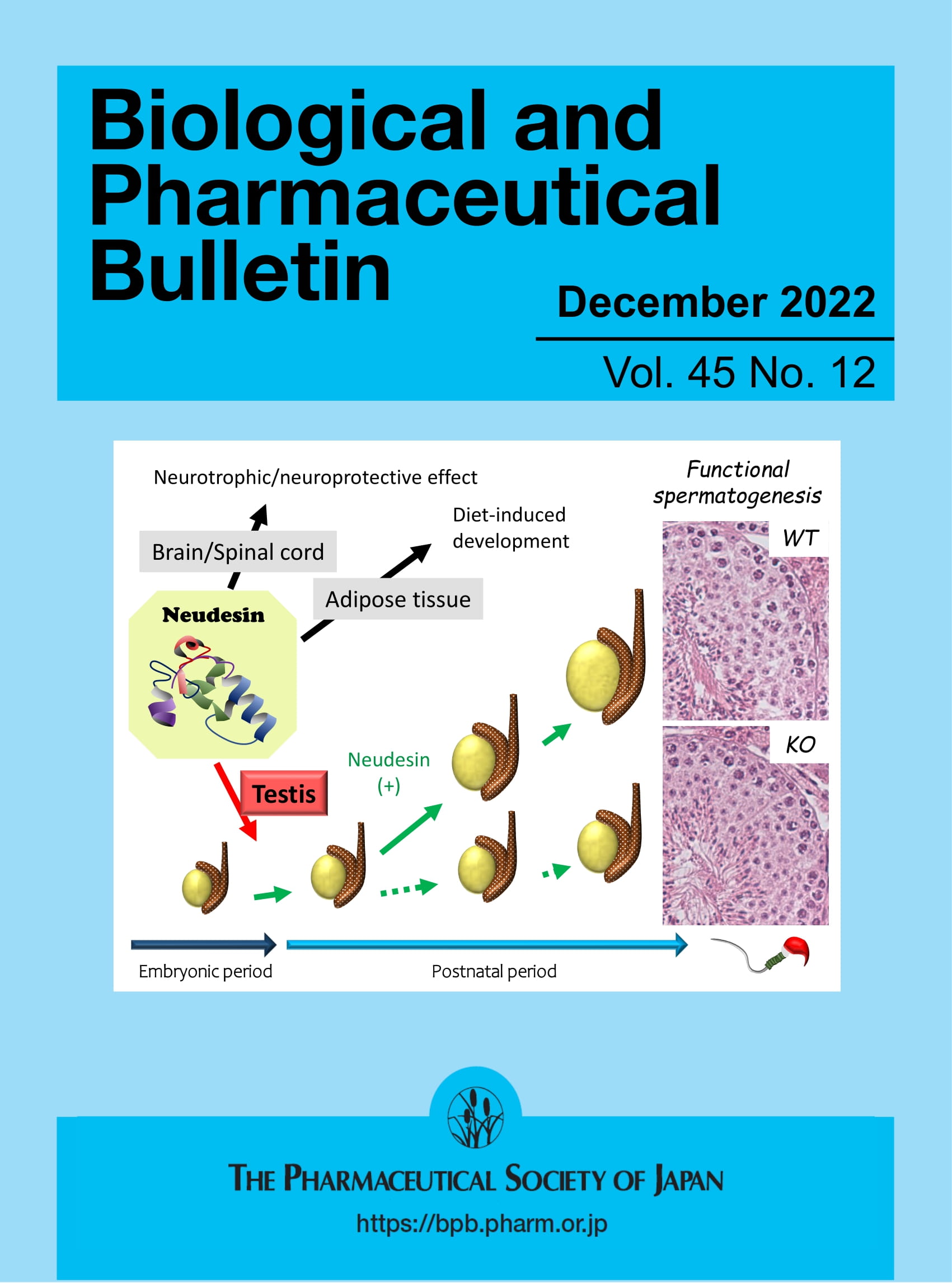From Retention Time to Functional Group Assignment: A Chemical Database-Driven Approach for High-Resolution Mass Data of Marine Dissolved Organic Matter
Abstract
Rationale
The high chemodiversity of marine dissolved organic matter (DOM) has challenged identification of singular DOM components. To infer chemical structure features of DOM with accurately determined molecular formulas, we assessed if empirically determined elution properties of stoichiometrically identical isomers obtained from a chemical database would predict features, such as the type and number of functional groups, in structurally unknown DOM isomers.
Methods
DOM of different origin (North Sea, Southern Ocean) was analysed by LC-FT-MS using two different mass spectrometry methods. Chromatographic retention of DOM isomers was correlated with calculated retention properties of structurally known isomers in PubChem. A total of 7.7 million chemical identifiers were queried for their computed octanol–water coefficients (logP). The 50 most intense molecular formulas were queried for PubChem structure data files. The number and type of structural features was assigned to logP bins across the DOM elution window, to correlate the contribution of database-derived structure features to retention time of structurally unknown DOM isomers.
Results
The intensity-weighted average of logP for CxHyOz in Southern Ocean water, predicted by retention time of all molecular formulas, was in good agreement with logP values stored in PubChem. The comparatively longer retention of the same isomer in North Sea versus Southern Ocean DOM suggests a decoration with fewer alcohol groups and more ring structures and esters. Earlier eluting molecular formulas are more likely to contain rings and alcohols, while later eluting ones are more linear/branched and contain more esters.
Conclusions
We hypothesised DOM isomers belonging to comparatively older Southern Ocean water to elute earlier than young and less degraded molecules present in North Sea water. This hypothesis was verified based on three exemplarily selected molecular formulas cooccurring in all water samples. Our strategy circumvents issues of chimeric fragmentation spectra and furthermore adds retention time as a new physicochemical descriptor of DOM molecules.


 求助内容:
求助内容: 应助结果提醒方式:
应助结果提醒方式:


